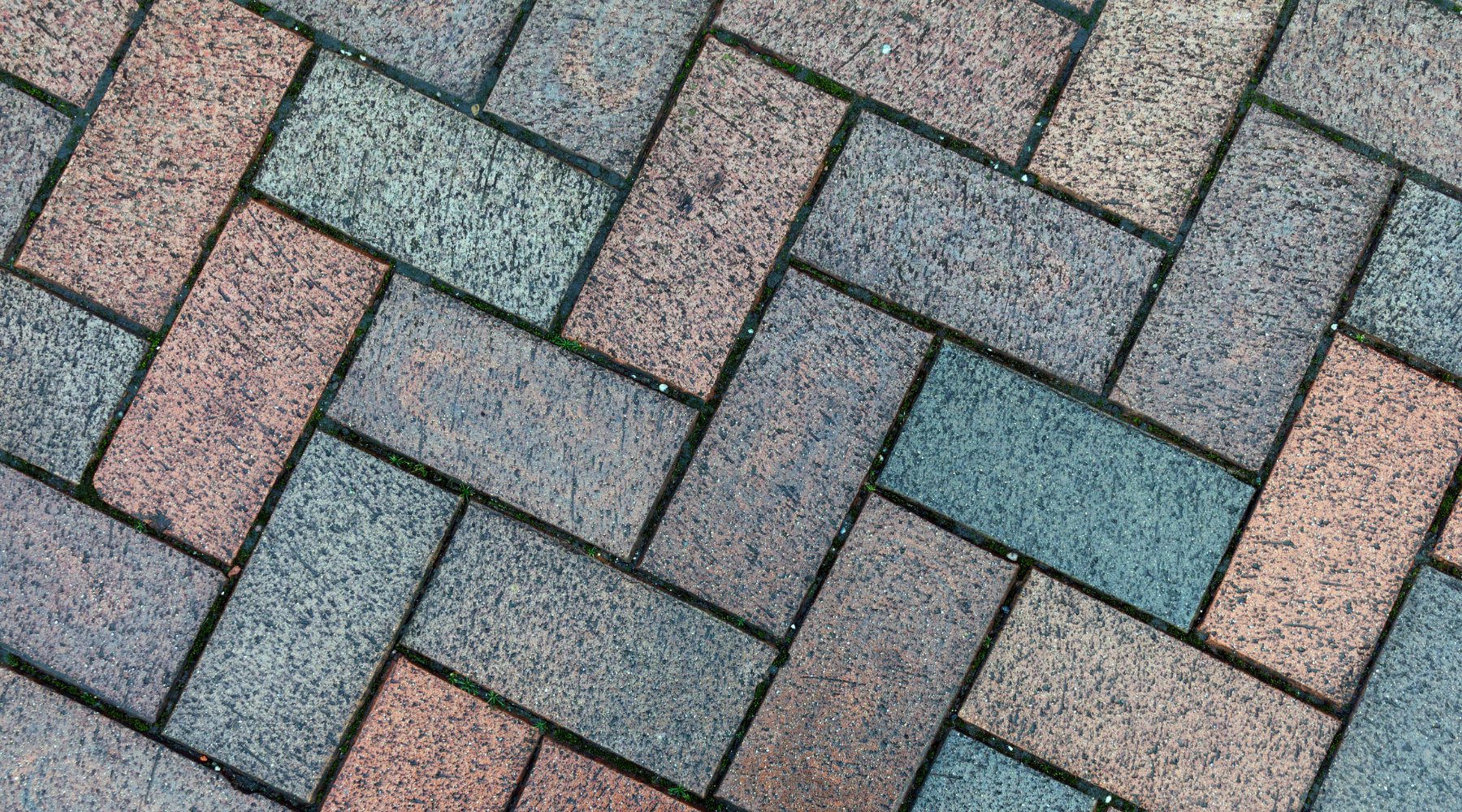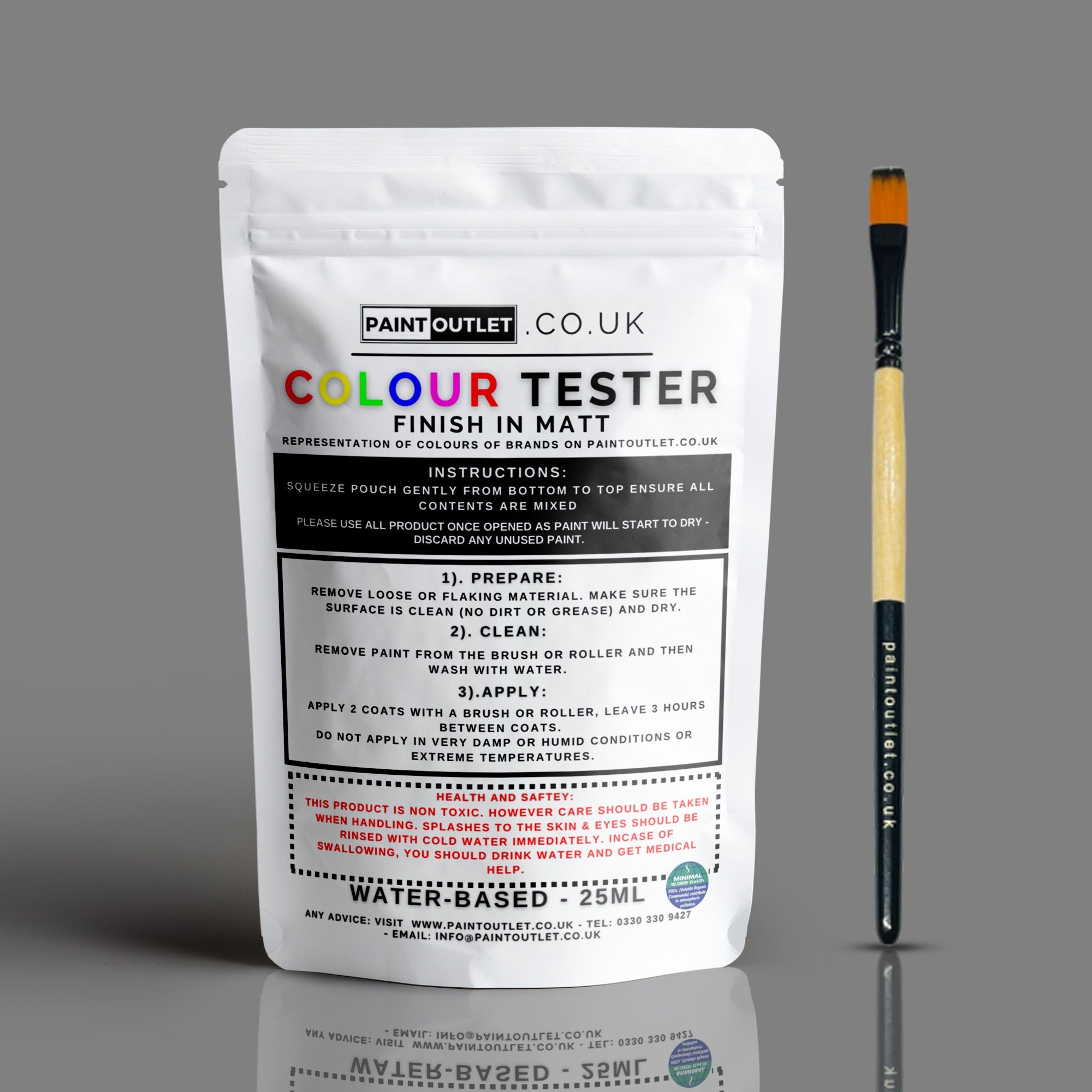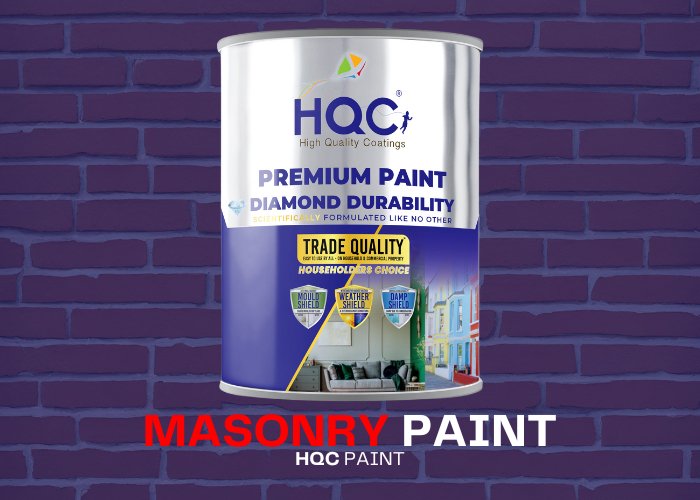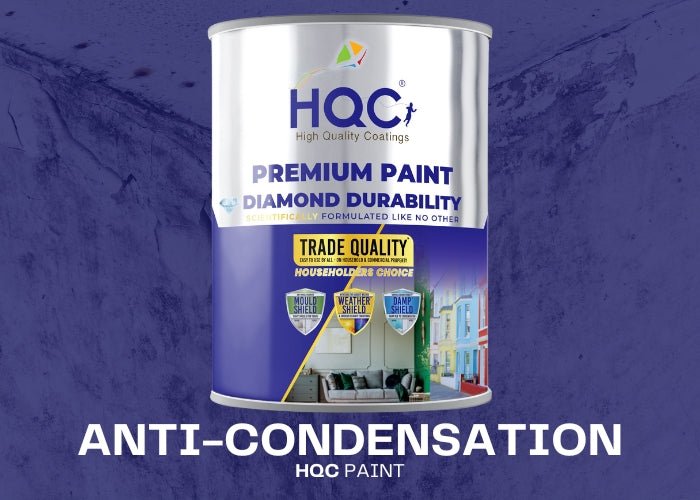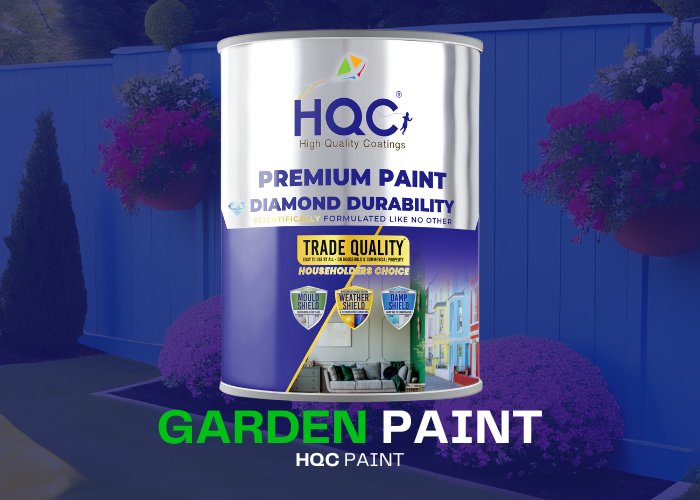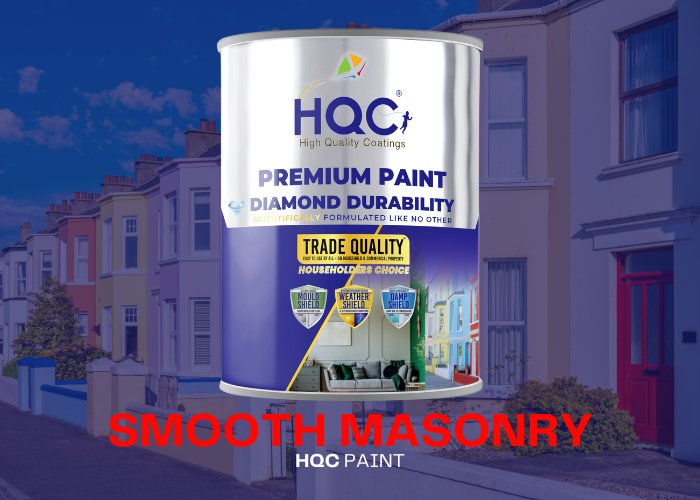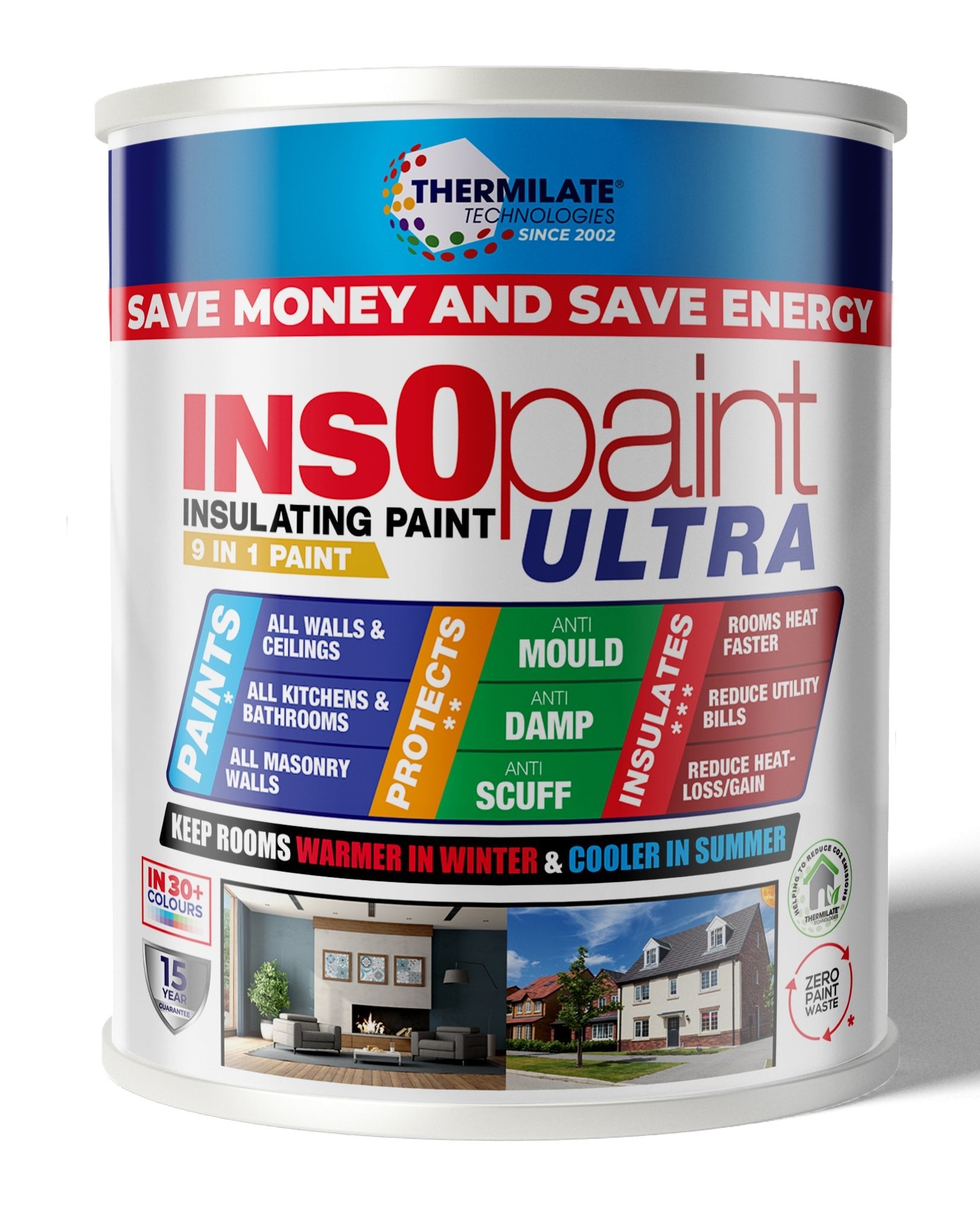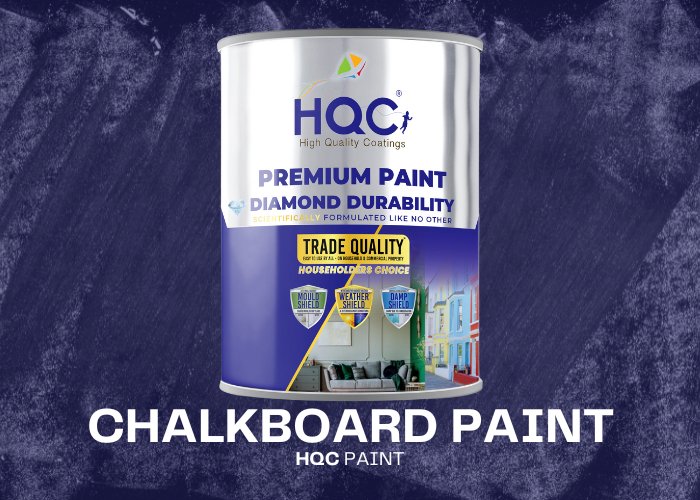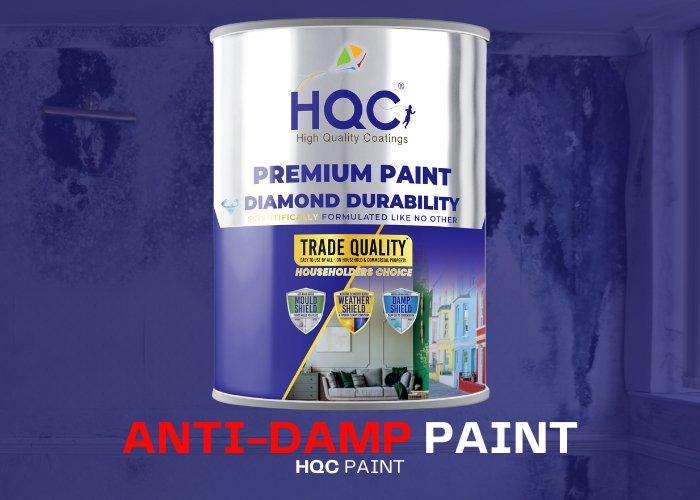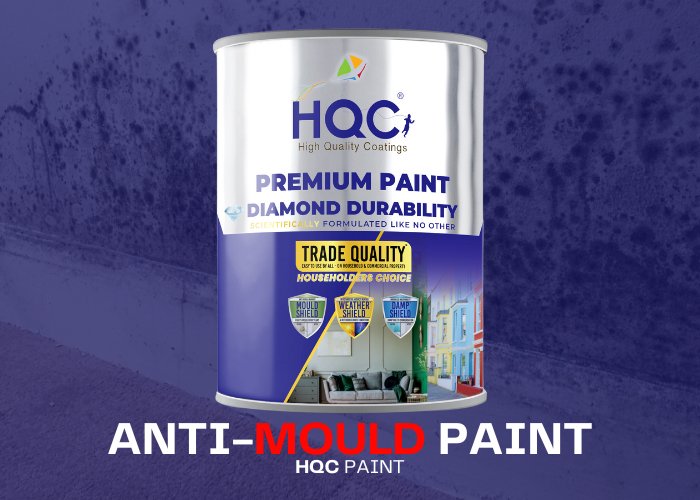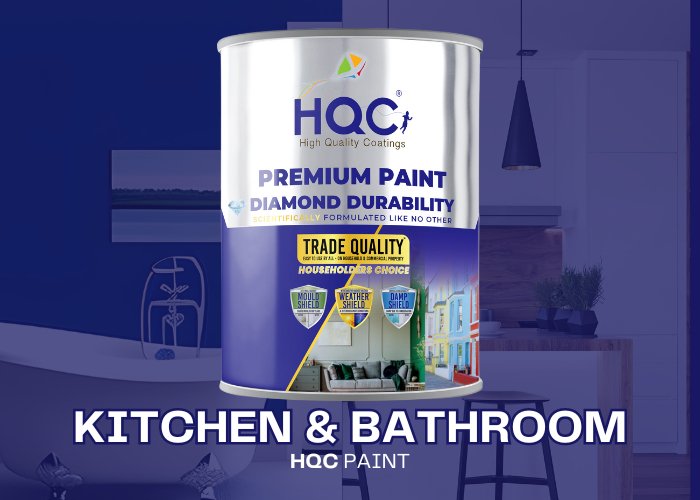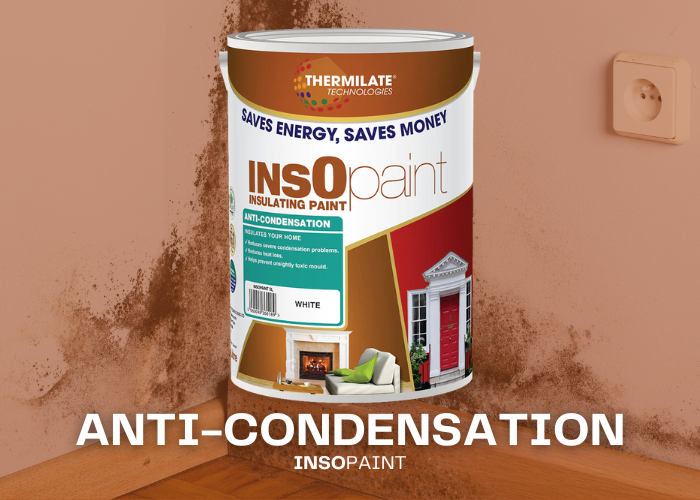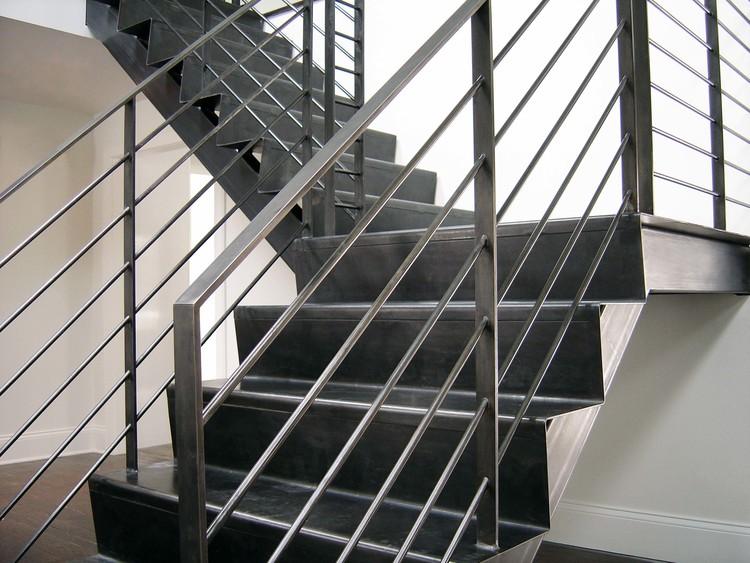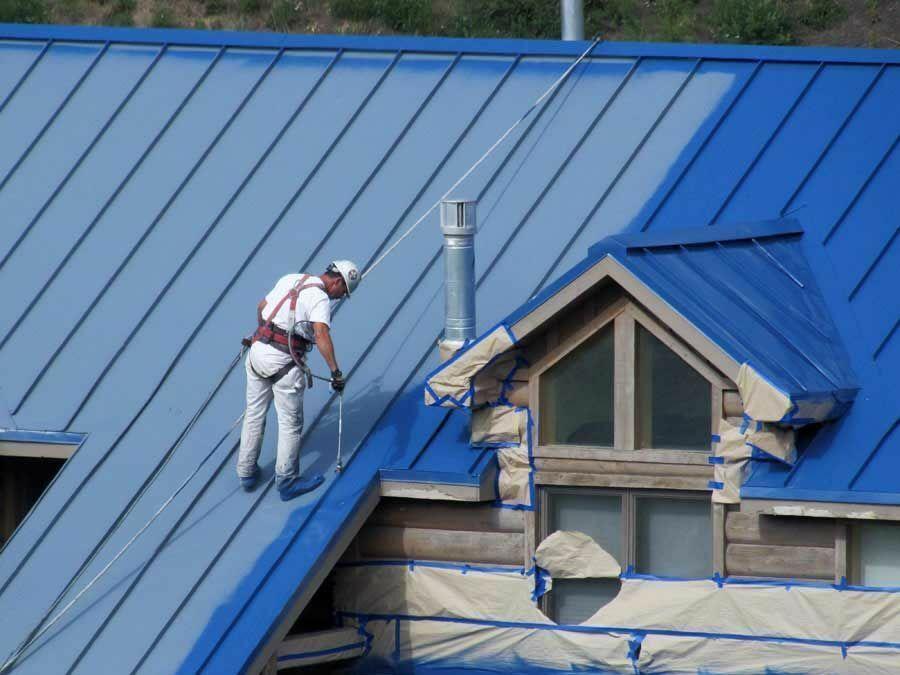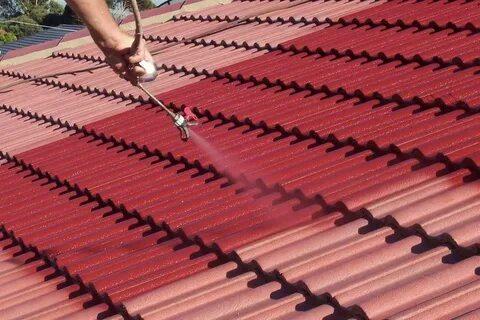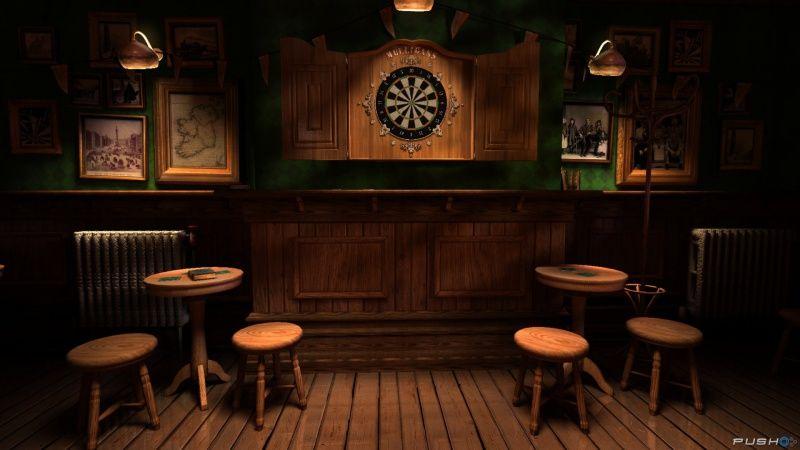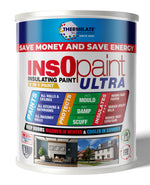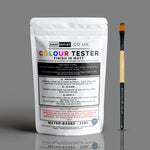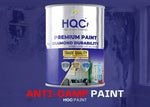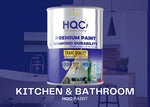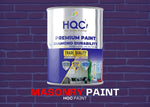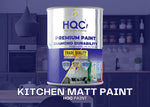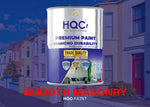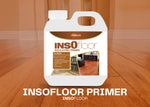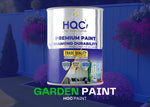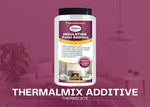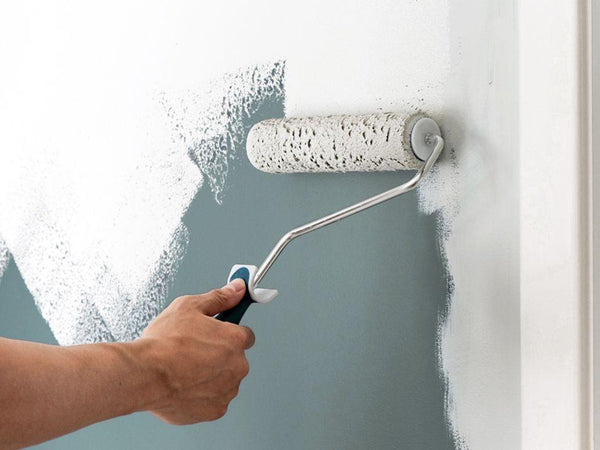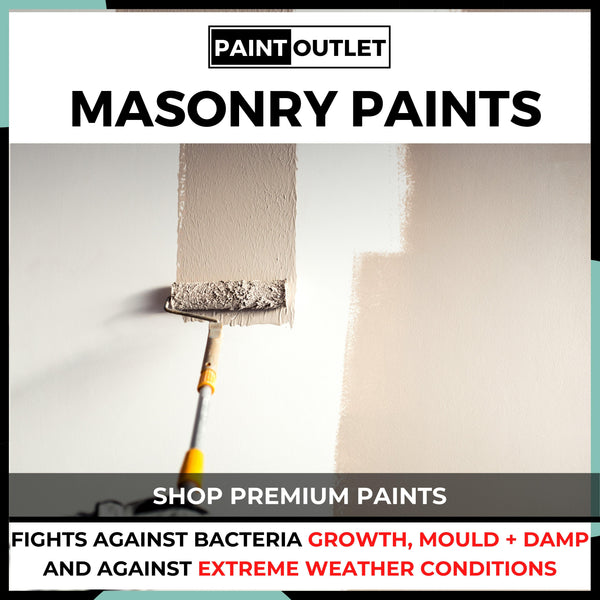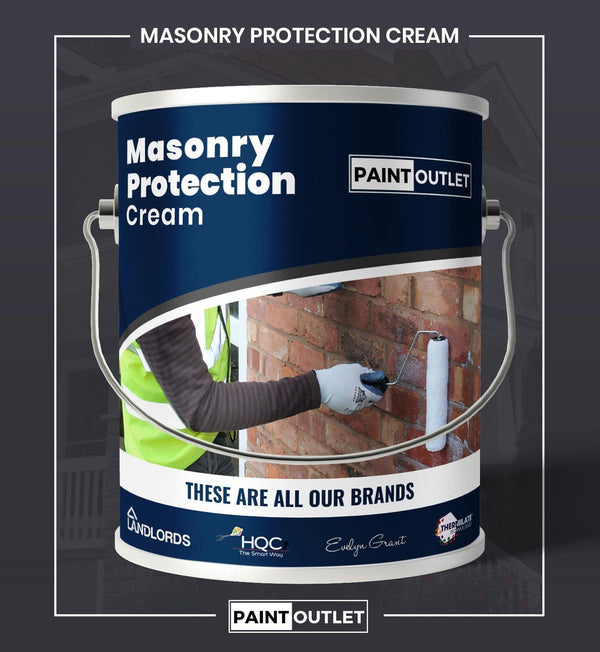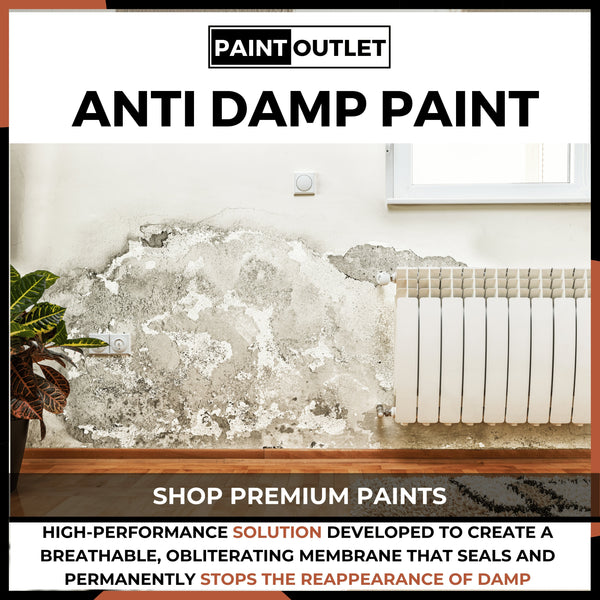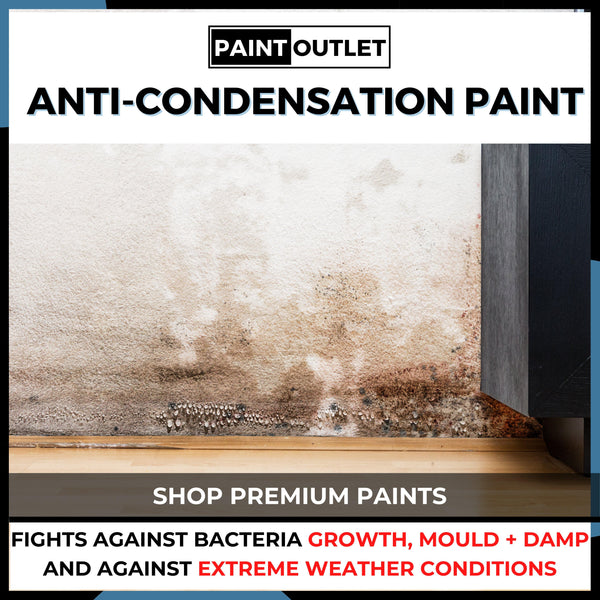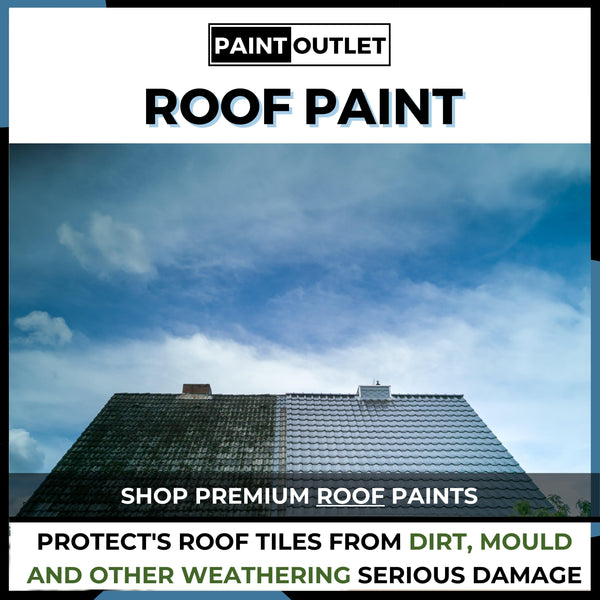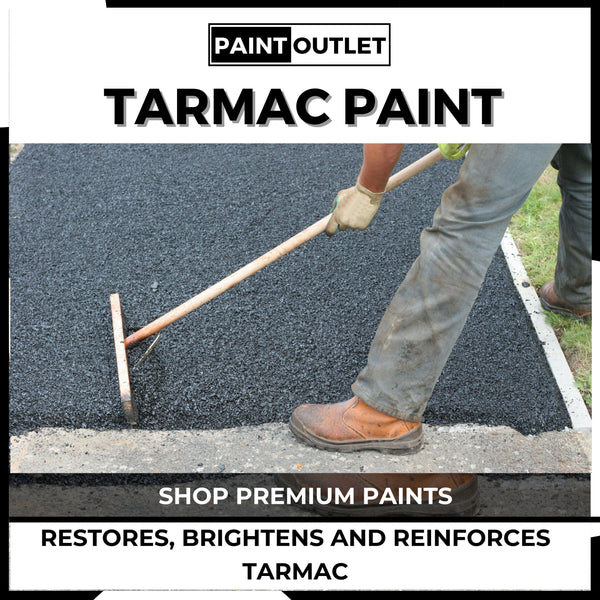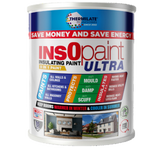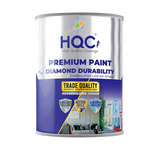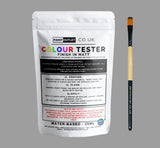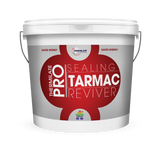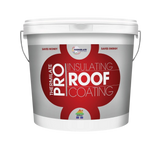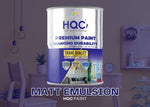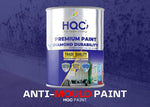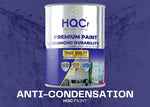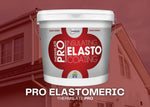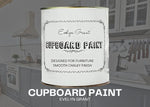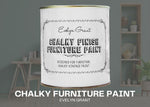Introduction
Brick pavers add charm and character to outdoor spaces, but over time, they can become weathered, discoloured, or damaged. Painting brick pavers is a great way to restore their appearance while also providing added protection from the elements. This guide will walk you through how to paint brick pavers to create a durable, attractive finish that revitalises your outdoor paths and patios.
Surface Preparation is the most important step when painting. If avoided, it can affect the whole outcome of your project. Surfaces must be prepared correctly for the paint to adhere and bond to the surfaces. Poor preparation will result in peeling and flaking. Good preparation will give you a very long-lasting paint performance.
Step 1: Gather Your Materials
Before starting your project, make sure you have the following materials:
- HQC Masonry Paint: Ideal for painting brick pavers, offering weatherproof durability.
- InsOpaint Ultra: Provides insulating benefits while offering long-lasting protection for brick surfaces.
- HQC Universal Primer: Ensures proper adhesion for porous brick surfaces.
- Pro-Block Paving Sealer: To seal and protect the pavers after painting, ensuring a longer-lasting finish.
- Sanding block or wire brush: For removing any loose debris, dirt, or previous coatings.
- Brushes or rollers: Depending on your preference for application.
- Pressure washer or garden hose: To thoroughly clean the pavers before painting.
- Drop cloths or plastic sheets: To protect nearby surfaces from paint splatters.
- Painter’s tape: To protect areas you don’t want to paint.
Step 2: Prepare the Surface
Preparation is key to ensure the paint adheres properly to the brick pavers:
- Clean the Pavers: Start by sweeping the area to remove dirt, dust, and loose debris. Use a pressure washer or garden hose to thoroughly clean the pavers, ensuring all dirt, moss, and grime are removed. Let the pavers dry completely before painting.
- Sand or Scrub Rough Areas: If there are rough patches or previous coatings, use a wire brush or sanding block to smooth these areas. This will help the paint adhere more effectively.
- Prime the Surface:
- Apply HQC Universal Primer to the pavers to ensure proper adhesion of the paint. This is especially important for porous surfaces like brick.
Step 3: Mask the Area
To avoid paint splatters on surrounding areas, follow these masking steps:
- Apply Painter’s Tape: Use painter’s tape to protect nearby surfaces such as walls, flower beds, or furniture.
- Lay Down Drop Cloths: Place drop cloths over any nearby areas you don’t want painted, such as plants or garden décor.
Step 4: Apply the Paint
Once the surface is clean, prepped, and masked, you can start painting:
- Cut In with a Brush: Use a small brush to paint the edges of the pavers and around any detailed areas.
- Apply the First Coat:
- For best results, use HQC Masonry Paint, which is designed for exterior surfaces and offers excellent weatherproof protection.
- You can also opt for InsOpaint Ultra, which provides both weatherproofing and insulating benefits.
- Let the Paint Dry: Allow the first coat to dry completely, which typically takes 4-6 hours depending on weather conditions.
- Apply a Second Coat (If Necessary): For enhanced durability and coverage, apply a second coat once the first coat is dry.
Step 5: Seal the Pavers for Extra Protection
Once the paint is dry, it’s important to seal the pavers to provide additional protection from the elements:
- Apply Pro-Block Paving Sealer: After the paint has dried completely, apply Pro-Block Paving Sealer. This will provide a protective layer, locking in the paint and ensuring the pavers remain durable and weather-resistant.
- Allow the Sealer to Dry: Let the sealer dry according to the manufacturer’s instructions before walking on or using the pavers.
Finishing Touches
Once the paint and sealer have dried, finish the project with the following steps:
- Remove Painter’s Tape: Carefully remove the painter’s tape while the paint is still slightly tacky to avoid peeling.
- Inspect for Touch-Ups: Check for any missed spots or imperfections and apply touch-up paint where necessary.
Tips for a Durable and Long-Lasting Finish
- Use Weatherproof Paint: For outdoor brick pavers, use HQC Masonry Paint or InsOpaint Ultra to ensure long-lasting durability and weather resistance.
- Seal for Extra Protection: After painting, apply Pro-Block Paving Sealer to lock in the paint and protect the pavers from wear and tear.
- Prime for Best Results: Using HQC Universal Primer ensures proper adhesion, especially for porous surfaces like brick, and helps create a durable finish.
- Apply Two Coats: For optimal coverage and longevity, it is recommended to apply two coats of paint, especially for outdoor surfaces that are exposed to foot traffic and weather elements.
Recommended Products
For painting and sealing your brick pavers, we recommend the following products from PaintOutlet.co.uk:
- HQC Masonry Paint: Ideal for outdoor brick surfaces, providing weatherproof protection and a durable finish.
- InsOpaint Ultra: Offers insulating benefits and long-lasting protection for brick pavers.
- HQC Universal Primer: Ensures better adhesion and durability for porous brick surfaces.
- Pro-Block Paving Sealer: Provides extra protection for pavers, sealing the paint and ensuring longevity.
FAQ Section
Q: Can I use regular paint on my brick pavers?
A: It’s recommended to use weatherproof paints like HQC Masonry Paint or InsOpaint Ultra to ensure long-lasting protection and durability for outdoor brick surfaces.
Q: Do I need to seal my brick pavers after painting?
A: Yes, applying Pro-Block Paving Sealer after painting will protect the pavers from wear and tear, and ensure the paint lasts longer.
Q: How many coats of paint should I apply?
A: Two coats are recommended for optimal coverage and long-lasting protection, especially for outdoor surfaces exposed to the elements.
Conclusion
Painting your brick pavers can refresh your outdoor space, giving it a clean, new look while also protecting the pavers from weather damage. By following this guide and using high-quality products from PaintOutlet.co.uk, you can achieve a durable, attractive finish that will stand the test of time.
At PaintOutlet, we offer innovative, eco-friendly paints and sealers that help protect outdoor surfaces, reducing the need for frequent repainting and maintenance. By using our products, you’ll not only save time and money but also ensure your outdoor space stays beautiful and protected for years to come.

















